Sanitary constant pressure valves are safety valves used to ensure stable pressure at inlet and outlet points of systems under various operating conditions. They are used in the heat exchanger, tanks and separator equipments.
When used in sanitary operations, they are used to keep systems at constant pressure regardless of the fluctuating operating conditions that characterize the biopharmaceutical, cosmetics, food beverage, and personal care industries.
Examples of sanitary constant valves include Alfa Laval CPM series, providing accurate pressure control, safe and reliable performance, and excellent cleanability. The SIMPLE brand SV-8S series, which features a 174psi-rated (12bar) supercharger. There are V type (constant inlet pressure) and A type (outlet constant pressure) to choose from.
Why Use Constant Pressure Valves?
Constant pressure valves are used to keep a system operational in various conditions, thereby eliminating risks of delay or breakdown in functionality due to a shift in environmental settings.
They are also used as a pressure relief valve to ensure safe and reliable performance when they open to vent out excess pressure build-up from the system and prevent pipes bursts, injuries, and operation breakdowns.
Sanitary constant pressure valves are cheaper alternatives to other modulating control valves as they lack extra sensing and control features but instead rely only on the compressed air supply to adjust the system pressure accordingly.
They provide excellent pressure control and superior cleanability by making use of a few internal features, restriction-less passageways and unique plunger orientation for minimal residue and in-place cleaning.
Types of Constant Sanitary Pressure Valve
- The V Type – Inlet Constant Pressure Valve
Ensure that the pressure at the inlet is constant. The valves usually feature a stainless-steel body with some kinds of opening and closing mechanism that ensures the medium stays at a pre-set pressure regardless of any external fluctuations. It is used at the back of heat exchangers mostly as a safety valve or overflow valves in other applications.
- The A Type – Outlet Constant Pressure Valve
It’s used to ensure pressure at the outlet is constant. You will spot it mostly used in front of bottle filling machines. The valve closes when the product pressure starts to rise and open when the pressure drops beyond that at the outlet.
Operating Principles of Sanitary Constant Pressure Valve
Some compressed air automatically and remotely controls all constant pressure valves. The piping system only features an air pressure regulator and pressure gauges as sensors; no other transmission mechanisms are required.
Diaphragms and plungers are used to make the valve respond to any changes in the medium pressure by either,
- adjusting the valve plug
- maintaining the valve plug in position to keep up the pre-set pressure value
The pressure of the medium being controlled is set using the pressure of the air supplied to the actuator — this is the force that keeps the valve closed.
In the constant pressure valve-V, the inlet pressure is the one that has to be kept constant, so the valve opens when the pressure in the system exceeds some pre-set level so that the pressure of the medium being controlled decreases and flow is slowed down. The valve then automatically closes when the medium pressure decreases sufficiently.
In the constant pressure valve-A, the outlet pressure is the one that has to be maintained; the valve is designed to close when the pressure of the product starts to rise above the specified level for the outlet and opens when it starts to fall below the specified level.
Features and Technical Specifications of Sanitary Constant Pressure Valves
Constant pressure valves are designed to comply with DIN and ISO standards, therefore, meet the sanitary requirement of the various applications in which they are used.
They are constructed without any restrictive passage that would otherwise encourage clogging. And to even deal with any residues, they can feature a self-cleaning mechanism to open the valve in case of any clogging and cast out the foreign material.
The PTFE sealing material is also corrosion-resistant, which makes the valve suitable for use with aggressive media without any worries of the internal workings of the valve getting compromised.
Sanitary constant pressure valves are designed to use in applications requiring hygienic and sterile applications. They are certified to carry 3-A rating and symbol because they feature FDA approved leak-proof sealing material and surfaces with Ra 0.6μm.
The sealing material used mostly is the FDA 177.2600 EPDM plus PTFE Teflon while the end connections can be Sanitary clamp, ISO Thread, DIN Thread, RJT Thread or Butt-weld for leak-proof pressure-tight sealing. EPDM and PTFE are also elastic, which helps to absorb some shocks when the valve gets closed.
The frictionless design also helps to enact fast opening and closing when reaching critical conditions during daily routines.
The constant pressure valves are designed to help regulate the pressure of systems in extreme temperature conditions. Depending on the sealing material used, you can get valves that function under the -10A C — 150AC working temperature range.
Depending on the air supply, sanitary constant pressure valves can withstand up to 8 bars of working pressure, but you can get some that exceed this such as the supercharged SV-8 Series which carries a 12-bar rating
To limit the entrapment of the medium being controlled, sanitary constant pressure valves makes use of polished steel surfaces and unique inlet designs. Some valves also align the inlet at 90A angle to the valve’s bottom to ensure complete drain off and easy-cleaning.
The valve seat is usually welded to the valve body to eliminate crevices and allow for thorough and easy cleaning activity.
In addition to the above-mentioned traditional features, you can get sanitary control valves with extra features such as Quick-Air-Exhaust, Precision Pressure Regulator, and Double-layered long-lasting Diaphragms to help with exhaustion from constant valve routines.
All in all, sanitary constant pressure valves make use of simple constructions but are capable of technical operations to maintain uniform pressure at different points in a system and keep it operational in varying conditions. They are used in pasteurization, filling, separation, heat exchangers, and other sanitary applications.
Our People Want to Help
As a manufacturer of stainless steel sanitary valves, SIMPLE VALVES aims to arm its potential customers with information that would help them in making an informed decision.
Our sales representatives are ready to help, please feel free to email us at sales@simplevalves.com or submit your request directly in below form.
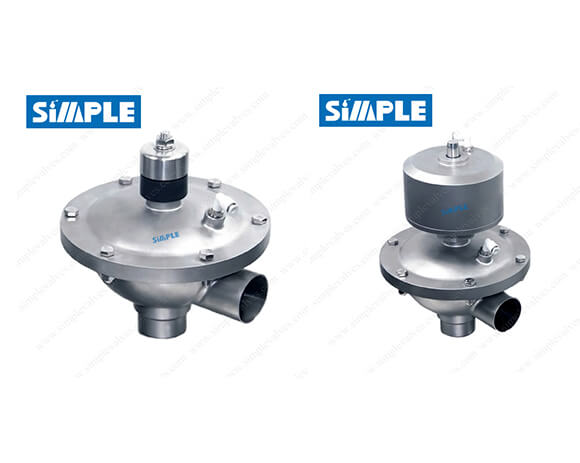
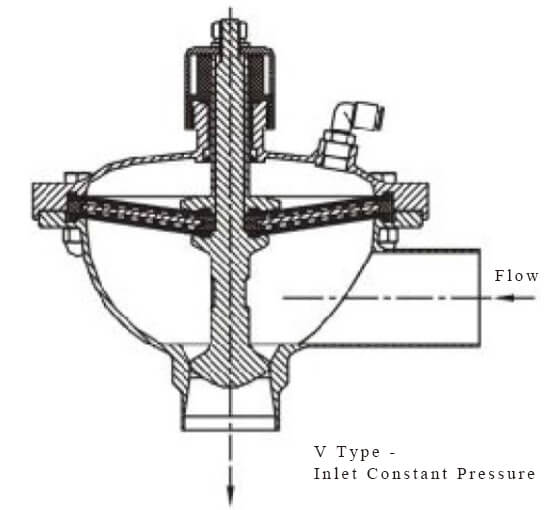
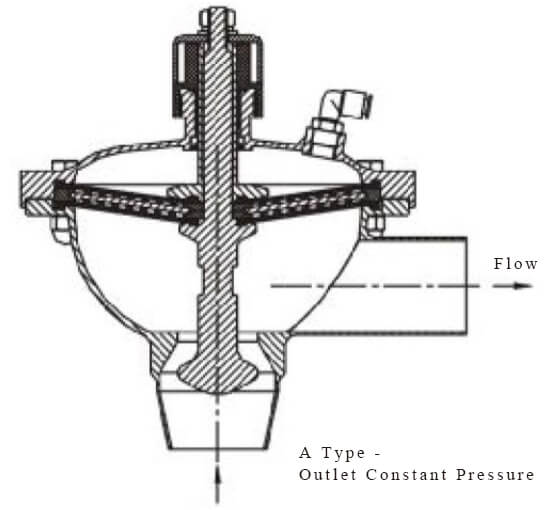
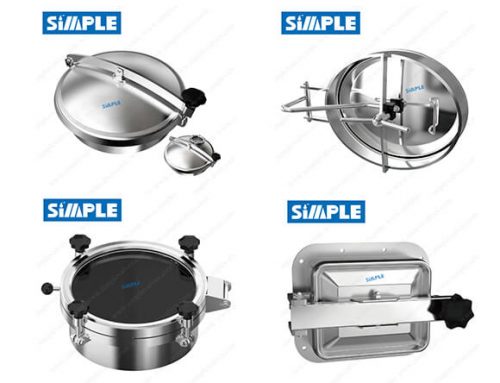
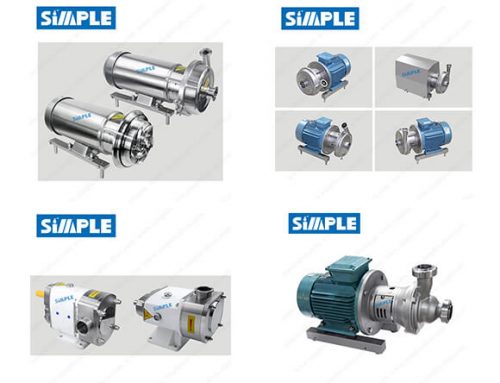
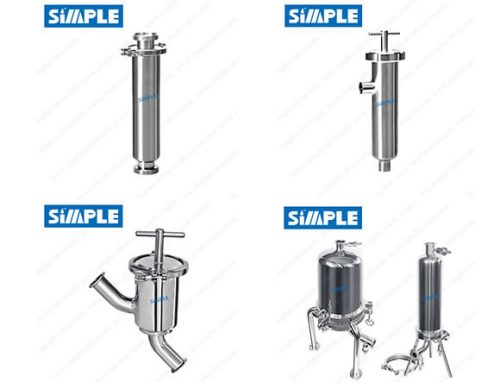
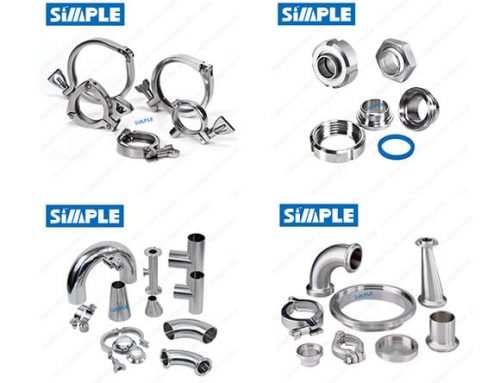
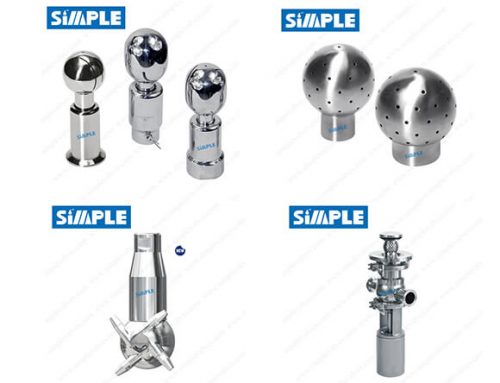
Leave A Comment